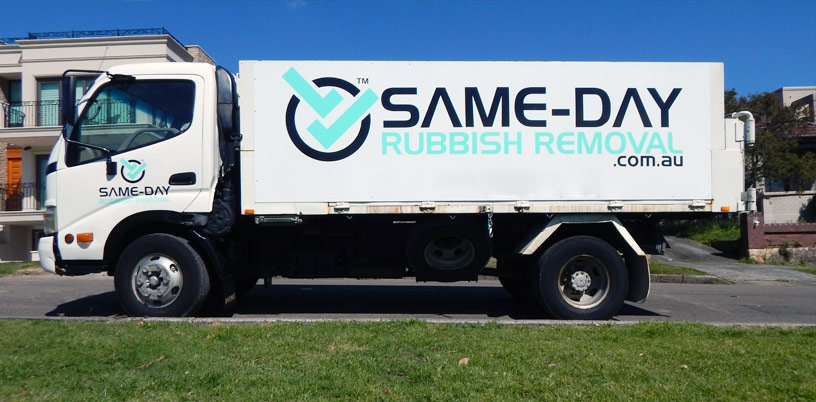Your Comprehensive Guide To Picking The Correct Dumpster Dimension For Any Type Of Job
Your Comprehensive Guide To Picking The Correct Dumpster Dimension For Any Type Of Job
Blog Article
Web Content Created By-Finnegan Koch
When embarking on a task that requires a dumpster, the size you choose can greatly impact its efficiency and cost-effectiveness. Think of having the perfect container that suits all your waste without being excessively big or as well little. All of it starts with understanding the nuances of your project and choosing a dumpster dimension that straightens with your specific requirements. So, before you choose, think about the elements at play to make sure a seamless waste administration procedure from start to finish.
Elements to Think about
When deciding on the appropriate dumpster dimension, there are several key aspects to think about.
Initially, think of the sort of waste you'll be throwing away. Various products might require differing quantities of room, so understanding what you'll be putting in the dumpster is crucial.
Next off, assess the amount of waste you anticipate to produce. If you ignore the volume, you might need to make multiple trips to get rid of every little thing, which can be bothersome and expensive. On the other hand, leasing a dumpster that's too big can lead to unneeded expenses.
Furthermore, consider the space where the dumpster will certainly be put. Guarantee there's enough space for the dumpster to be delivered and picked up with no obstructions.
Lastly, think of any weight restrictions that might apply. Exceeding the weight restriction can cause added charges or even the refusal of service.
Dumpster Dimension Alternatives
For choosing the appropriate dumpster dimension, it's essential to have a mutual understanding of the offered options. Dumpster sizes typically range from 10 to 40 cubic yards, with variations in between.
A 10-yard dumpster appropriates for tiny jobs like a garage cleanout or a tiny renovation. If visit this site dealing with a medium-sized project such as a cooking area remodel or a cellar cleanout, a 20-yard dumpster could be the ideal choice.
For larger tasks like a whole-house restoration or business construction, a 30 or 40-yard dumpster could be better to accommodate the quantity of waste produced.
When choosing mouse click the following post , consider the quantity and sort of debris you expect to throw away. It's far better to pick a slightly larger dimension if you're unclear to avoid overfilling. Keep in mind, it's more cost-effective to lease a dumpster that fits your needs rather than needing to purchase an added one.
Matching Dimension to Project
Ideally matching the dumpster size to your task is important for effective waste management. To determine the ideal size, take into consideration the scope and nature of your project.
For tiny family cleanouts or improvements, a 10-yard dumpster might be sufficient. These are typically 12 feet long and can hold around 4 pickup lots of waste.
For larger projects like redesigning multiple areas or cleaning out a huge estate, a 20-yard dumpster could be more suitable. These are around 22 feet long and can hold about 8 pickup truck tons.
If you're dealing with a major building and construction project or industrial improvement, a 30-yard dumpster could be the very best fit. These dumpsters are about 22 feet long and can accommodate regarding 12 pickup truck lots of debris.
Matching the dumpster dimension to your job guarantees you have sufficient space for all waste products without paying too much for unused capability.
Conclusion
To conclude, selecting the best dumpster dimension for your task is important for effective waste disposal. By considering elements like the type and quantity of waste, room schedule, weight constraints, and spending plan constraints, you can guarantee you have the suitable dimension dumpster for your needs. Ensure to match the dimension of the dumpster to the extent and nature of your project to avoid overspending on unnecessary expenses.
